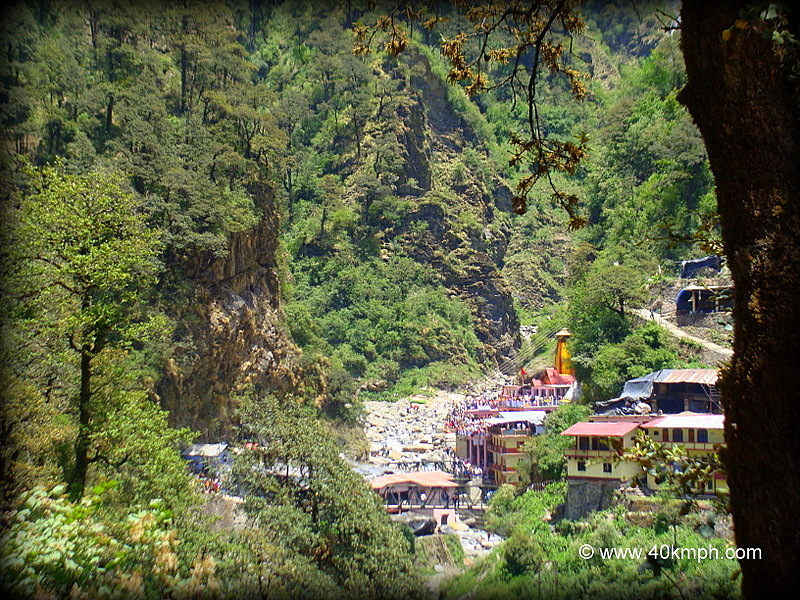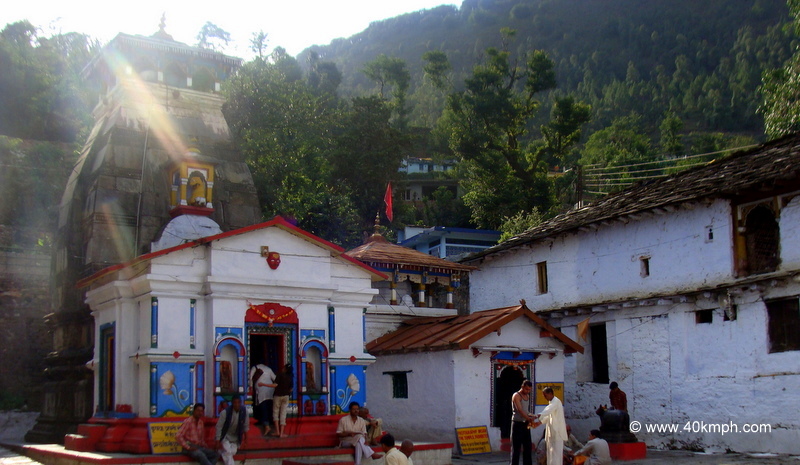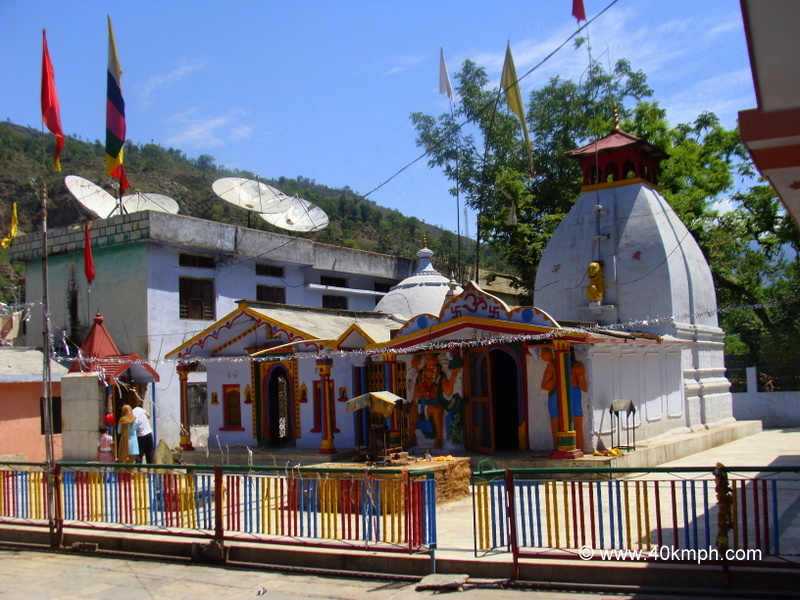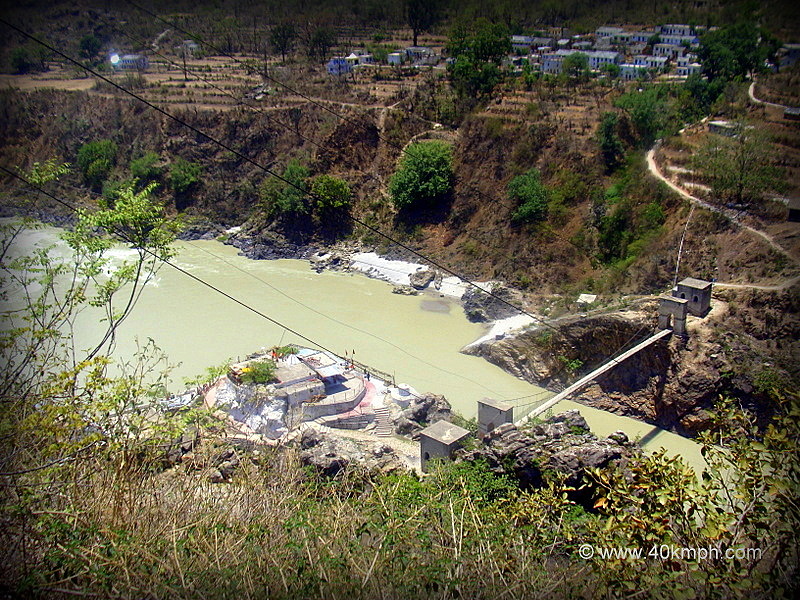Chandra Mohan – one of the Panda (priests) around the temple shared little-known knowledge about Yamunotri Temple as per query.
The Yamuna And Ganga Goddess deities within the temple. Tularam Jalan – one of the devotees from Kolkatta (Calcutta) City along with Sitaram Murarka, Chotariya Ji re-constructed the temple about 30 years ago as it was not in good shape due to bad weather conditions.
The holy river Yamuna exists in two different forms: One is a Hot water spring and another is the flowing cold water close to the temple. The source of the Yamuna River is Saptrishi Kund about 14 km far up within the Kalindi Parbat (mountain) which is not easily accessible. Thus, devotees offer puja within the temple area.
Thank you – said I, for the narration. Prayers.



